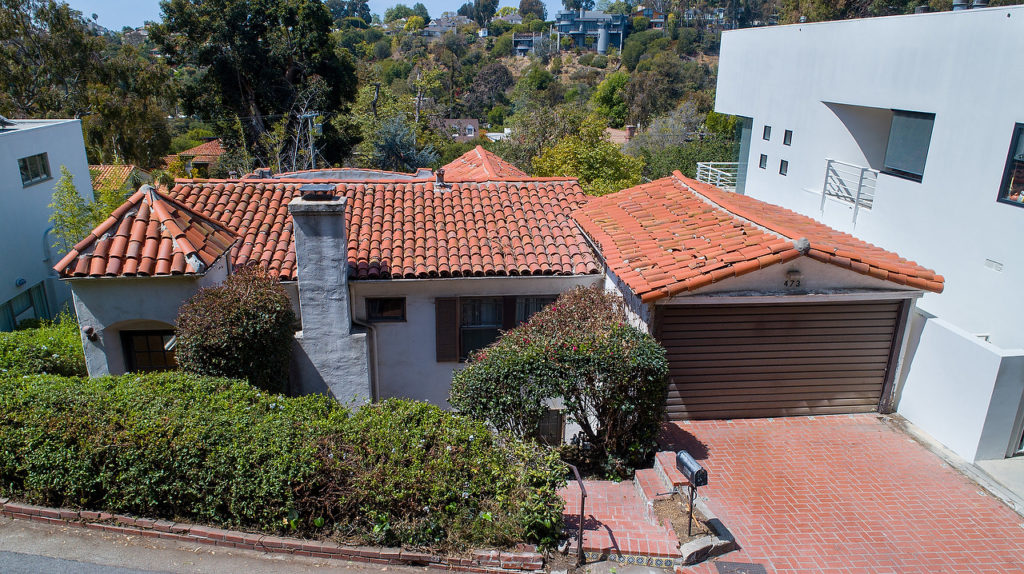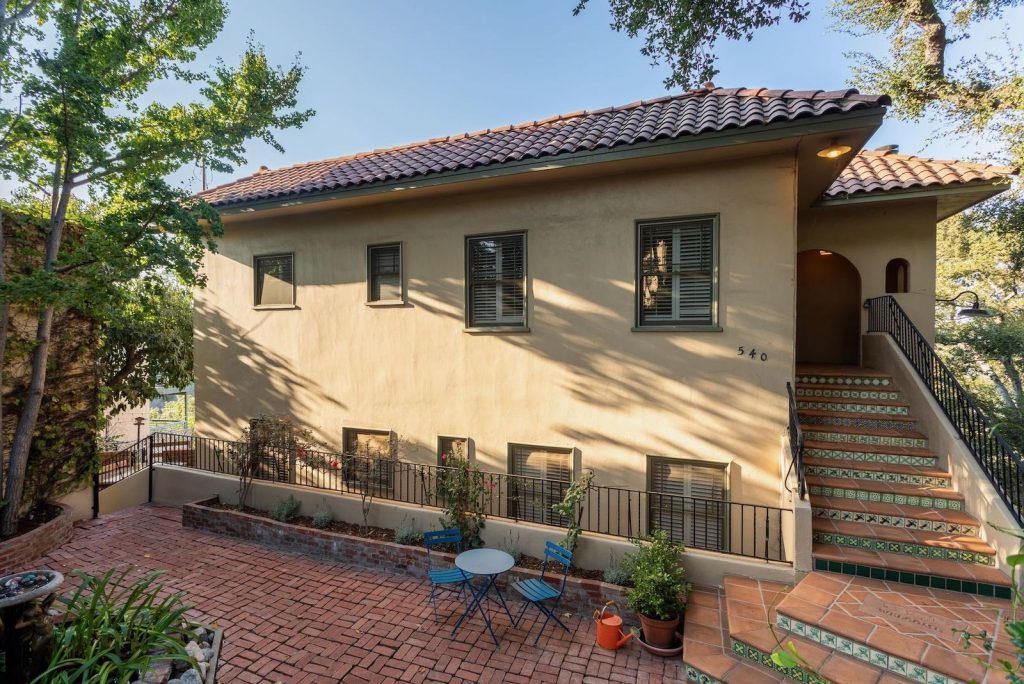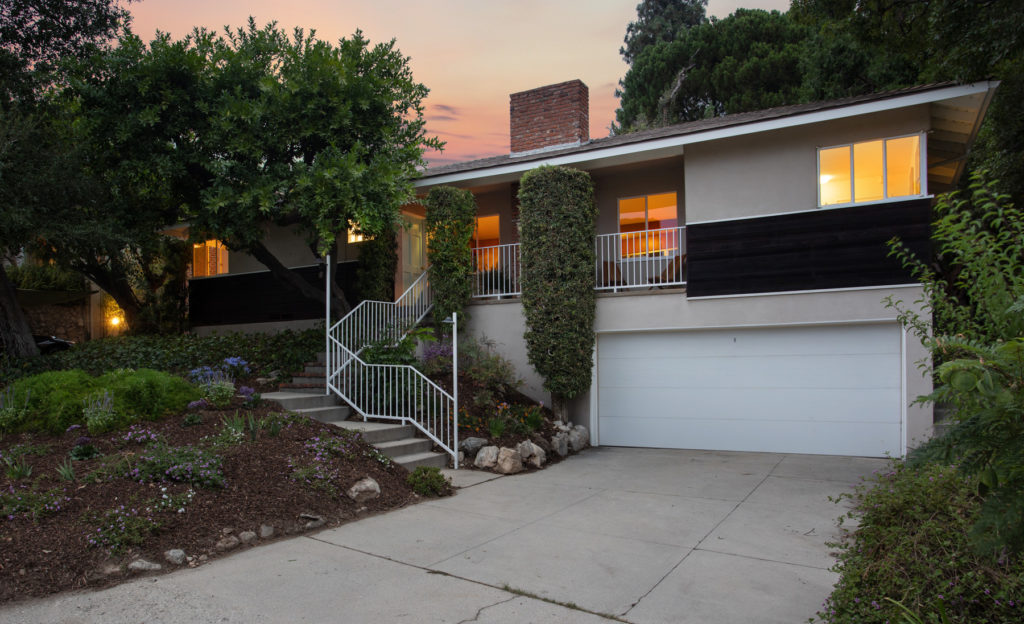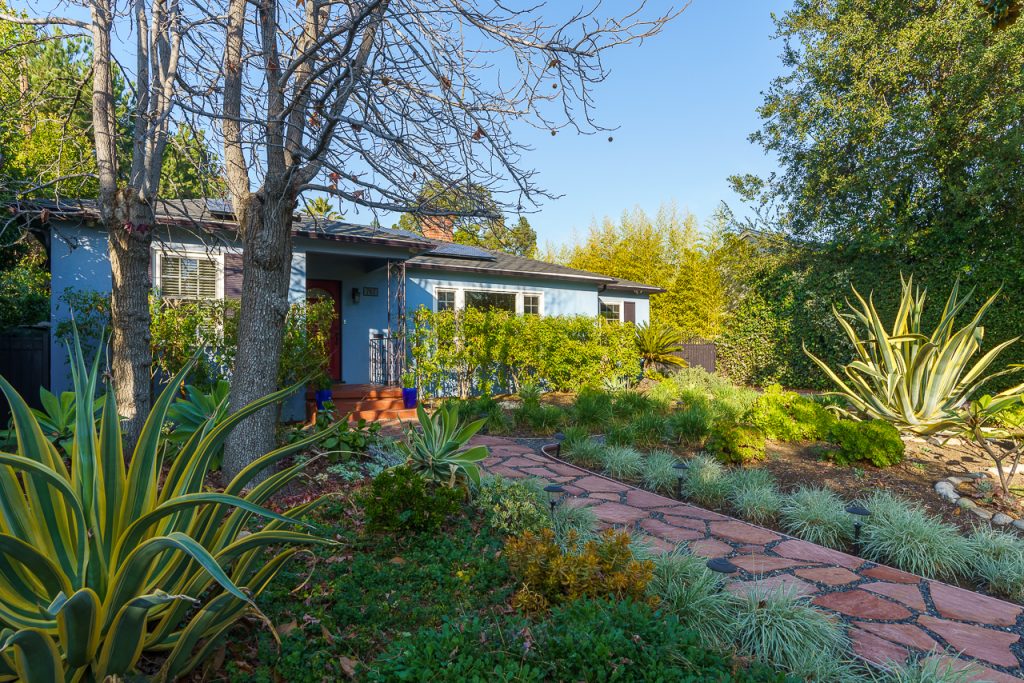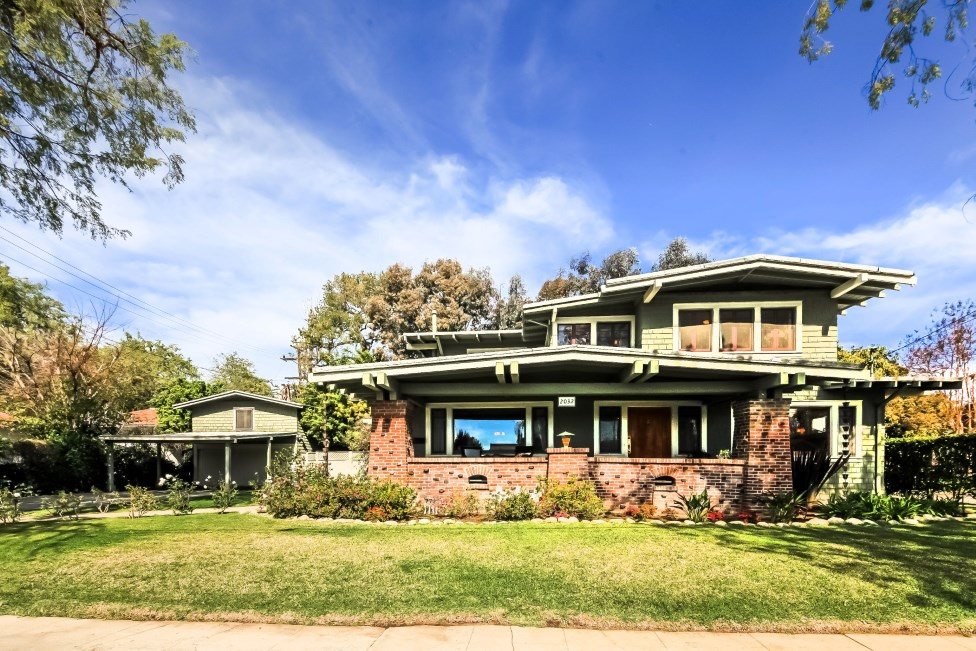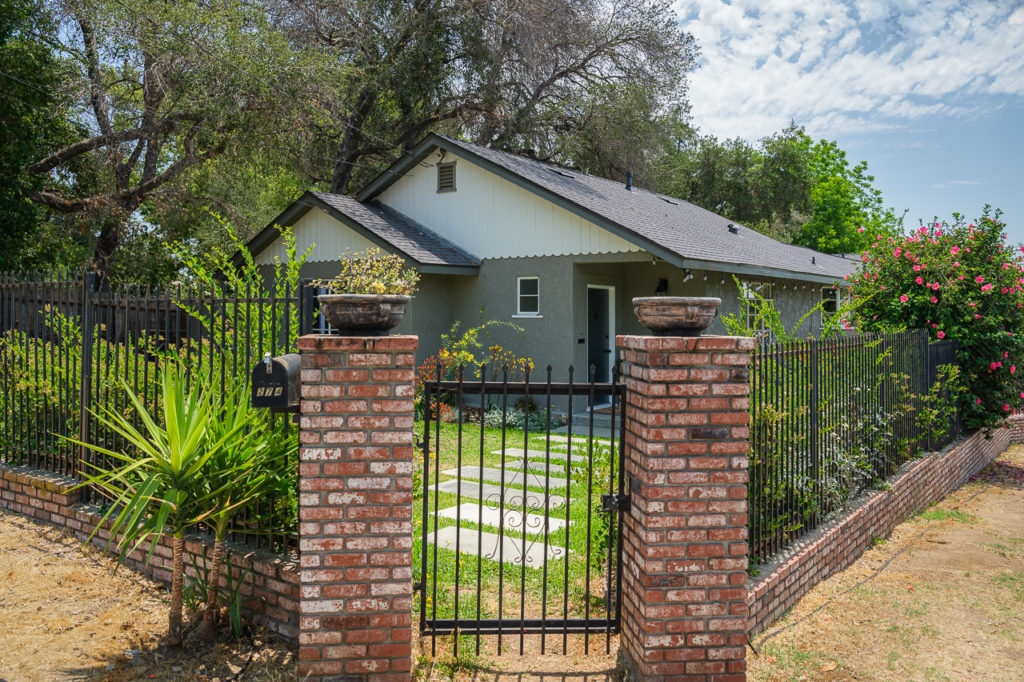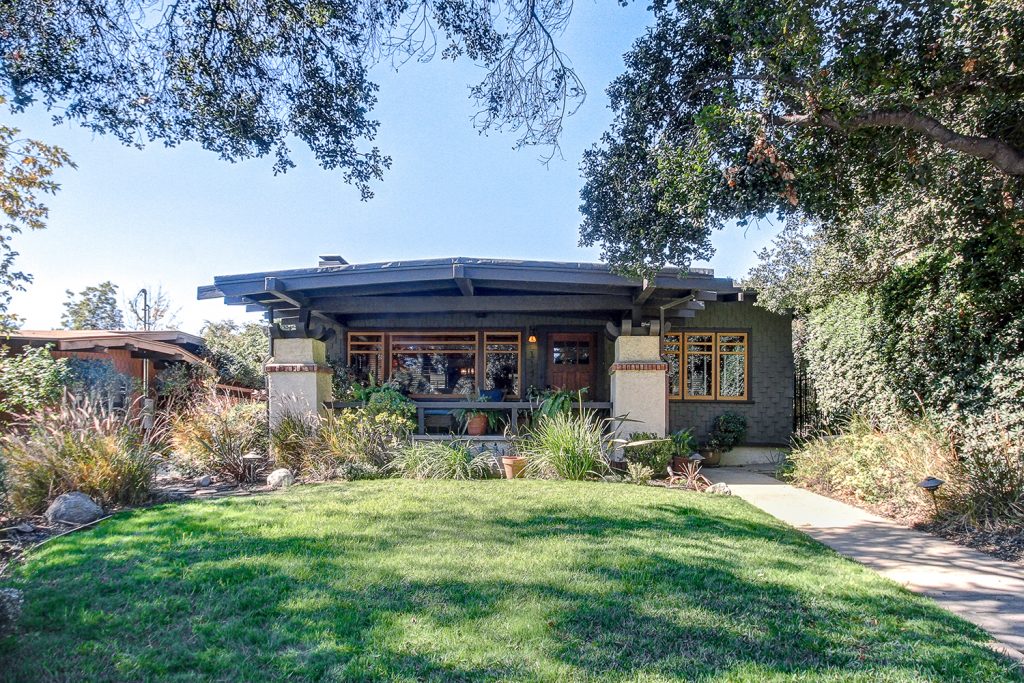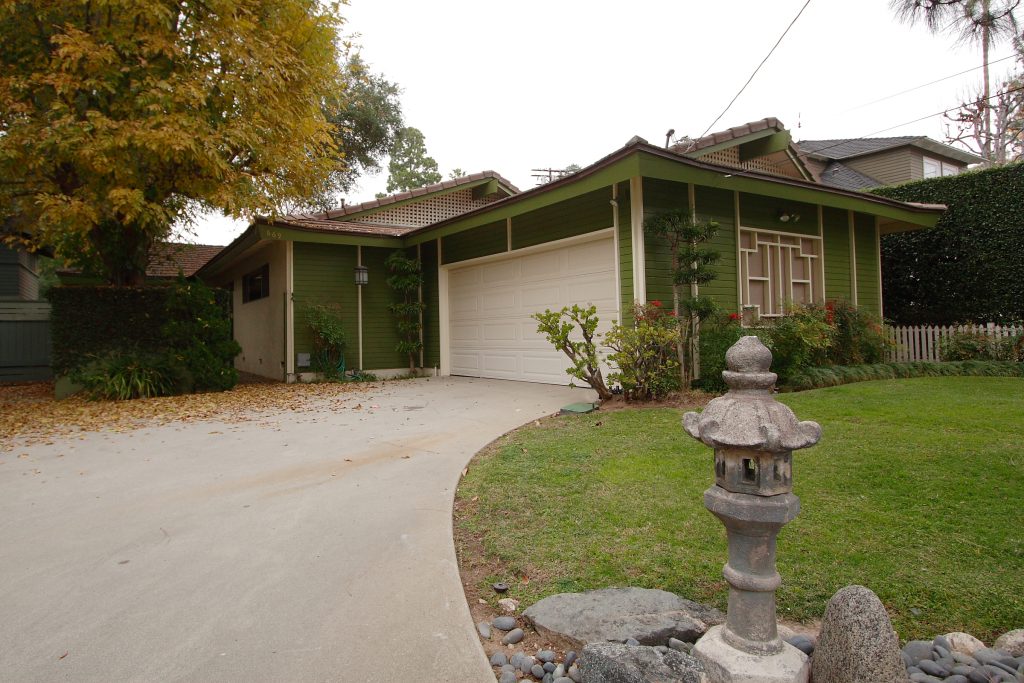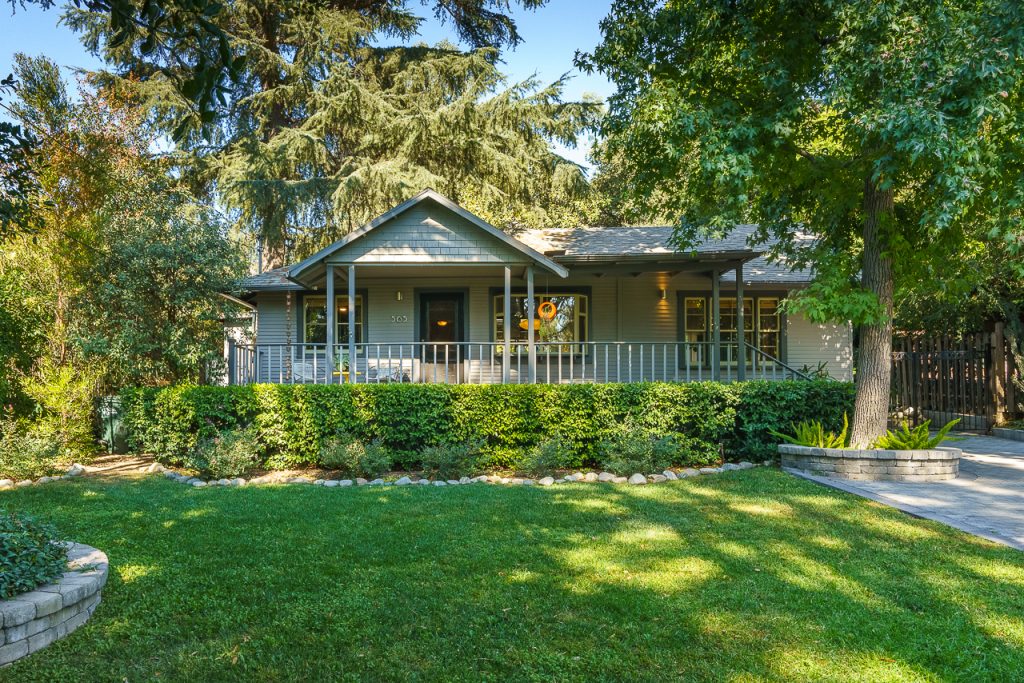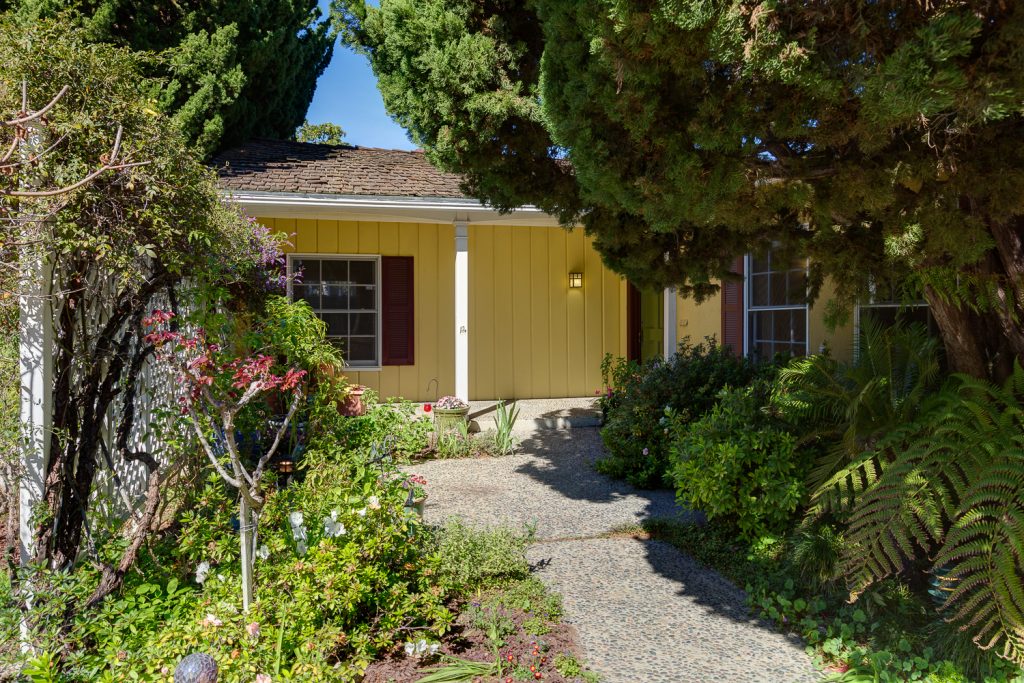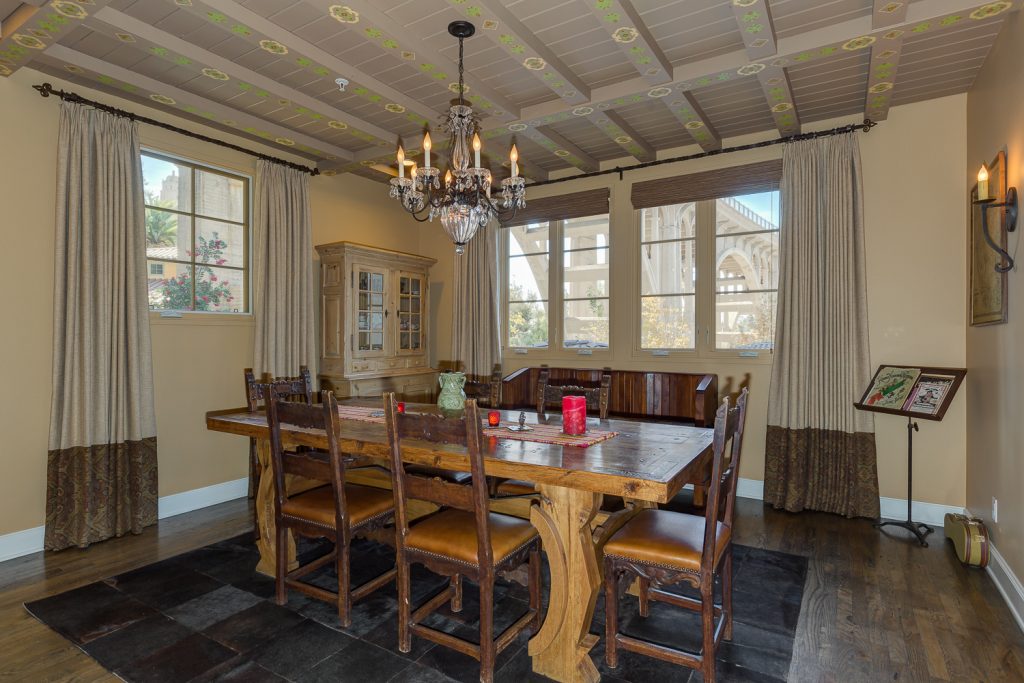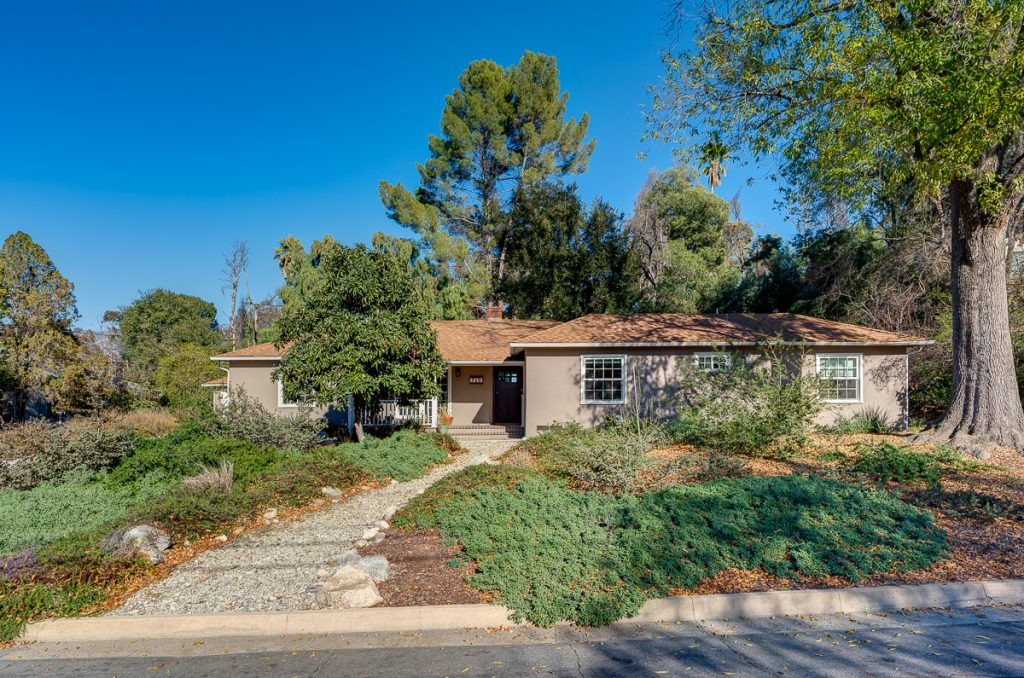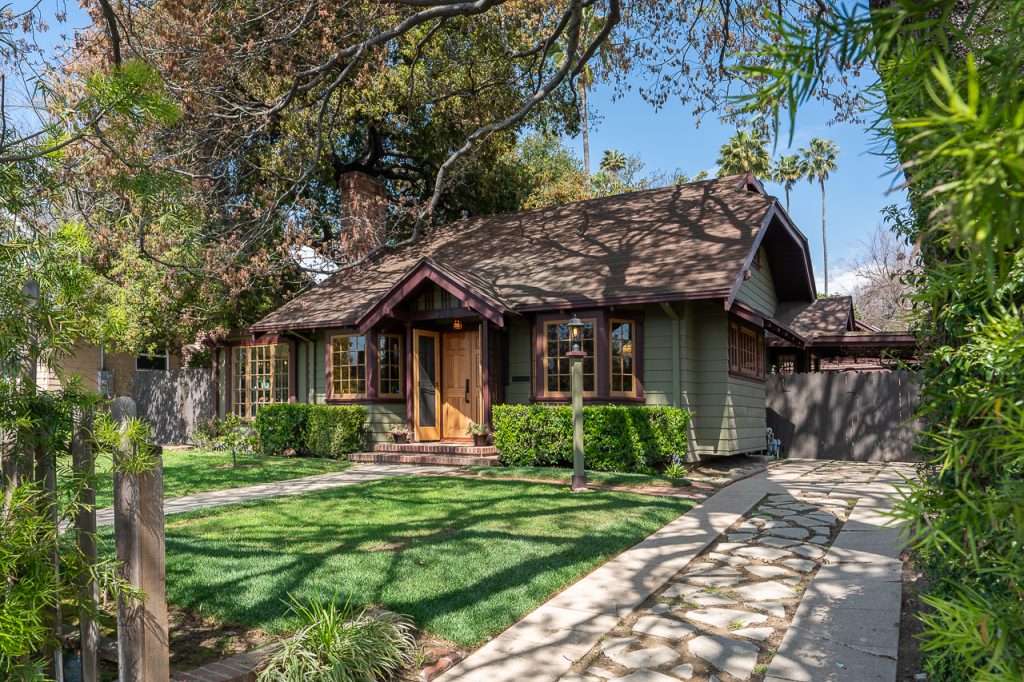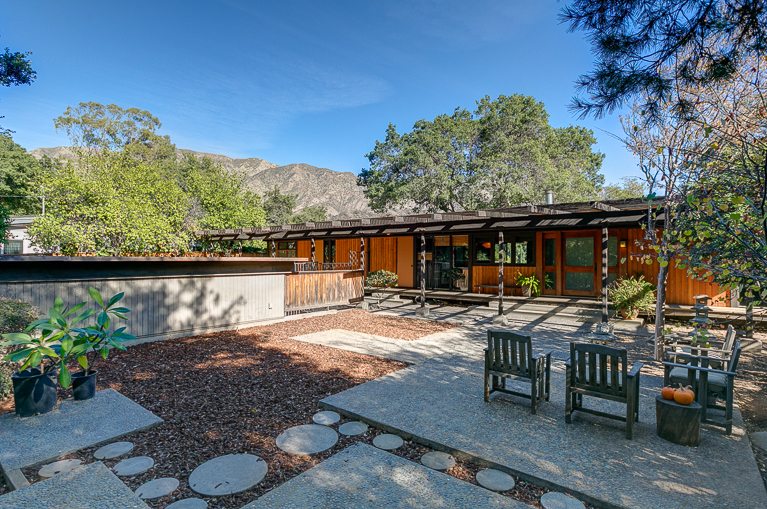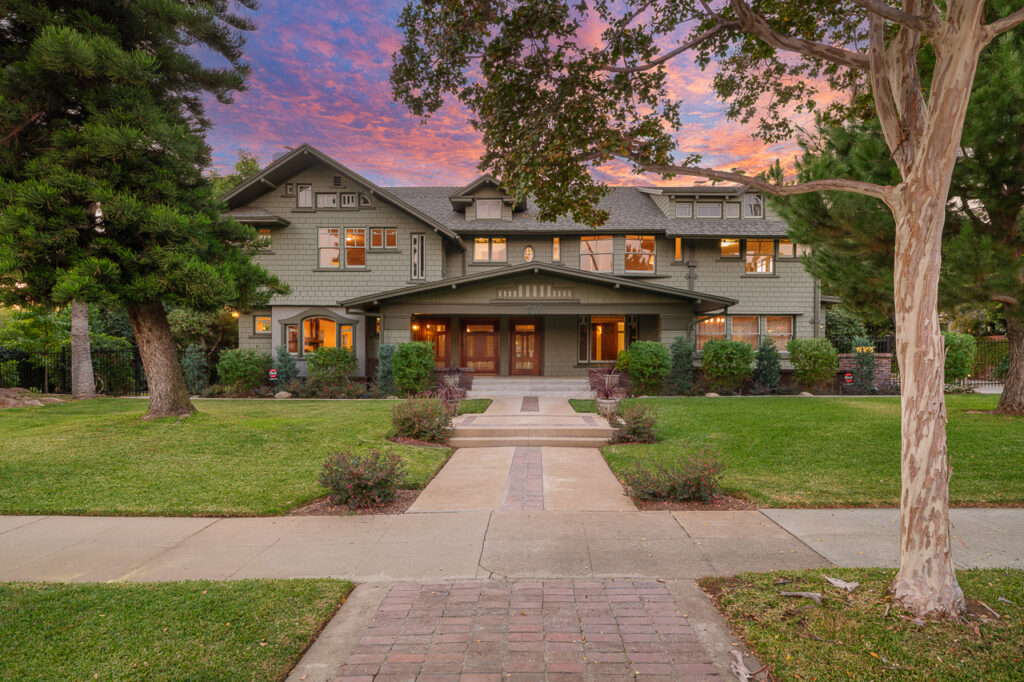Coldwell Banker
388 S. Lake Avenue,
Pasadena, CA 91101
office: 626.797.6500
Email: [email protected]
Why Aren’t There More Homes for Sale?
It’s no secret to anyone who has watched the real-estate market over the past year that the number of homes for sale has dropped sharply, especially in hard-hit markets such as Miami, Orlando and Phoenix.
Economists at CoreLogic have new evidence showing how big price declines are keeping many home sellers on the sidelines. They found that the supply of homes for sale declines as the rate of negative equity — or the share of borrowers who owe more than their homes are worth — rises.
Markets where more than half of all borrowers were underwater had enough inventory to last 4.7 months at the current rate of sales in April, below the national average of 6.5 months. Meanwhile, markets where fewer than 10% of borrowers were underwater had 8.3 months of supply.
“The presence of negative equity not only drives foreclosures, reduces the availability of purchase down payments and impedes refinances, but also restricts the ability of owners to list their homes for sale as the demand side of the market improves,” wrote Sam Khater, a senior economist at CoreLogic.
This helps explain not only big inventory drops in markets that are feared to have large numbers of potential foreclosures — the feared “shadow inventory” — but it also sheds light on why prices are rising at the bottom end of the market. Negative equity is more pervasive at the low end, which suffered bigger price declines, and so the supply is also tighter.
This “can’t sell” cohort of homeowners isn’t the only reason inventory is low. Many hard-hit markets have seen an influx of well-funded investors scooping up foreclosures that can be rented out, meaning inventory is being taken off the market, at least for now. Meanwhile, banks have sharply slowed down their foreclosure processes after being caught fraudulently processing the paperwork required to take back those properties two years ago.
And even homeowners with equity may be unwilling to sell at today’s lower prices. This is particularly true of borrowers with less than 10% home equity, who may be depending on that cash to pay their real-estate agent and to fund a down payment and closing costs for their next home purchase.


